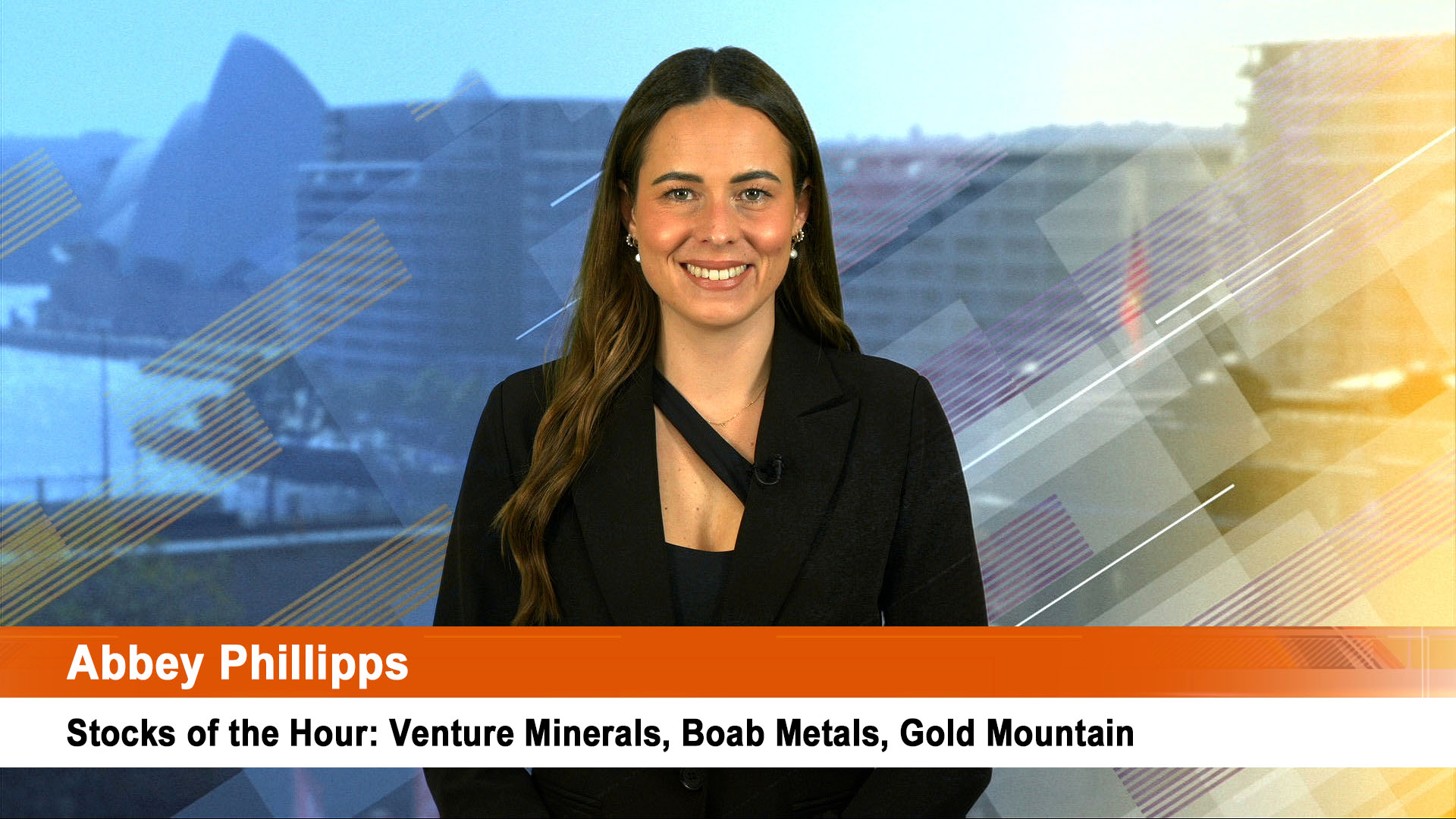While it was a weak to mixed finish on Friday for the first week of trading in the new month and quarter for commodity markets – the next couple of weeks might see more volatility, especially for oil and energy.
Gold ended with a small gain, but iron ore, copper, gas and other industrial commodities weakened as did soybean prices.
The Aussie dollar scrambled back above 74 US cents on Friday night to around 74.30 US cents as the greenback proved a bit weaker on the day. The Aussie rose 0.3% over the week against the greenback.
US and global oil futures suffered the first weekly loss in three weeks last week amid worries about the US-China trade war, more moans from Donald Trump about rising oil prices and his claims the Saudis will boost production by 2 million barrels a day.
Investors were baffled by calls by President Donald Trump for the OPEC to cut oil prices (forgetting that prices are set in a market) that have touched their highest levels of the year in the past few weeks, thanks to his pressure on Iran, disruptions to supply in Libya and Venezuela and efforts by the oil cartel to reduce prices.
In New York August West Texas Intermediate crude added 86 cents on Friday, or 1.2%, to settle at $US73.80 a barrel, recouping part of Thursday’s 1.6% decline.
In Europe September Brent futures however, eased 28 cents, or 0.4%, to $US 77.11 a barrel.
For the week, US WTI oil shed 0.5%, while Brent lost 2.7%, according to FactSet data. The moves follow two consecutive weeks of gains for both contracts.
Figures from the Energy Information Administration showed US oil stocks rose by 1.2 million barrels for the week ended June 29 – the first increase since the week ended June 1.
Baker Hughes on Friday reported that the the number of active US rigs drilling for oil rose by 5 to 863 this week. That followed two weeks of declines in a row.
US daily production remained stuck on 10.90 million barrels a day for the third week in a row.
But from now on Iran and Middle East supplies will be front and centre.
Donald Trump wants production increases from the Saudis to offset output from Iran and has threatened to sanction any company or country buying that oil.
Iran in turn blames Trump’s threats for the higher prices (especially after OPEC and Russia agreed to lift oil output by a million barrels a day on June 22 which had no impact on prices).
Trump’s comments have led Iran’s Revolutionary Guards to threaten a blockade of the Strait of Hormuz, the world’s most important oil artery through which a fifth of the world’s oil consumption passes each day.
Tensions are running high, with the US Navy standing ready to ensure free navigation through the channel. All this means higher, not lower oil prices and Donald Trump’s words could ver well see the very thing he claims to be trying to stop – a surge in global oil prices.
In metal markets Comex gold futures settled lower Friday, but still enjoyed a tiny gain for the week, after the solid US jobs report for June was seen keeping the Federal Reserve on a path toward gradually higher interest rates.
Also hurting sentiment in the gold market on Friday was new shots in the trade war fired by the US and China with a series of tariff rises.
Comex August gold fell $3, or 0.2%, to settle at $US1,255.80 an ounce, according to FactSet data. Futures at the start of the week hit their lowest levels of 2018 before climbing modestly over subsequent sessions.
For the week, the gold futures contract gained roughly 0.1%. Comex September silver futures eased 0.2% to $US16.069 an ounce and lost about 0.8% for the week.
Comex September copper settled at $US2.824 a pound, down less than 0.1%—for a heavy weekly loss of around 4.8%.For that blame the China-US trade war.
While London metal Exchange copper prices rebounded on Friday from a 11-month low, they still ended down around 14% from the four and a half year high of $US7,348 a tonne in early June.
Three-month LME copper fell as much as 2% to $6,221.50 a tonne, its lowest since July 25, 2017, before recovering to $US6,282, down 1%.
LME copper shed more than 5% last week, its steepest weekly drop since January 2015, a fall that was echoed by Comex copper futures in the US.
Traders are watching negotiations between workers and BHP at the Escondida copper mine in Chile, the world’s largest, which are reported to be “far from reaching agreement” with less than three weeks to go before the negotiation deadline. A breakdown here could see prices surge.
LME zinc rose 1.3% to end at $US2,735 a tonne, LME nickel slipped 1.8% to $US13,945 a tonne after touching $13,830, the weakest in two months.
LME aluminium rose 0.1% to finish at $US2,080 a tonne after touching $US2,071, the weakest since April 9.
Lead dropped 1% to close at $US2,332 a tonne while tin lost 0.4% to $US19,325 after touching $US19,330, the lowest since December last year.
And the Metal Bulletin 62% Fe Iron Ore Index price rose 70 cents to $US63.84 a tonne on Friday, down from $US64.80 a week earlier.













